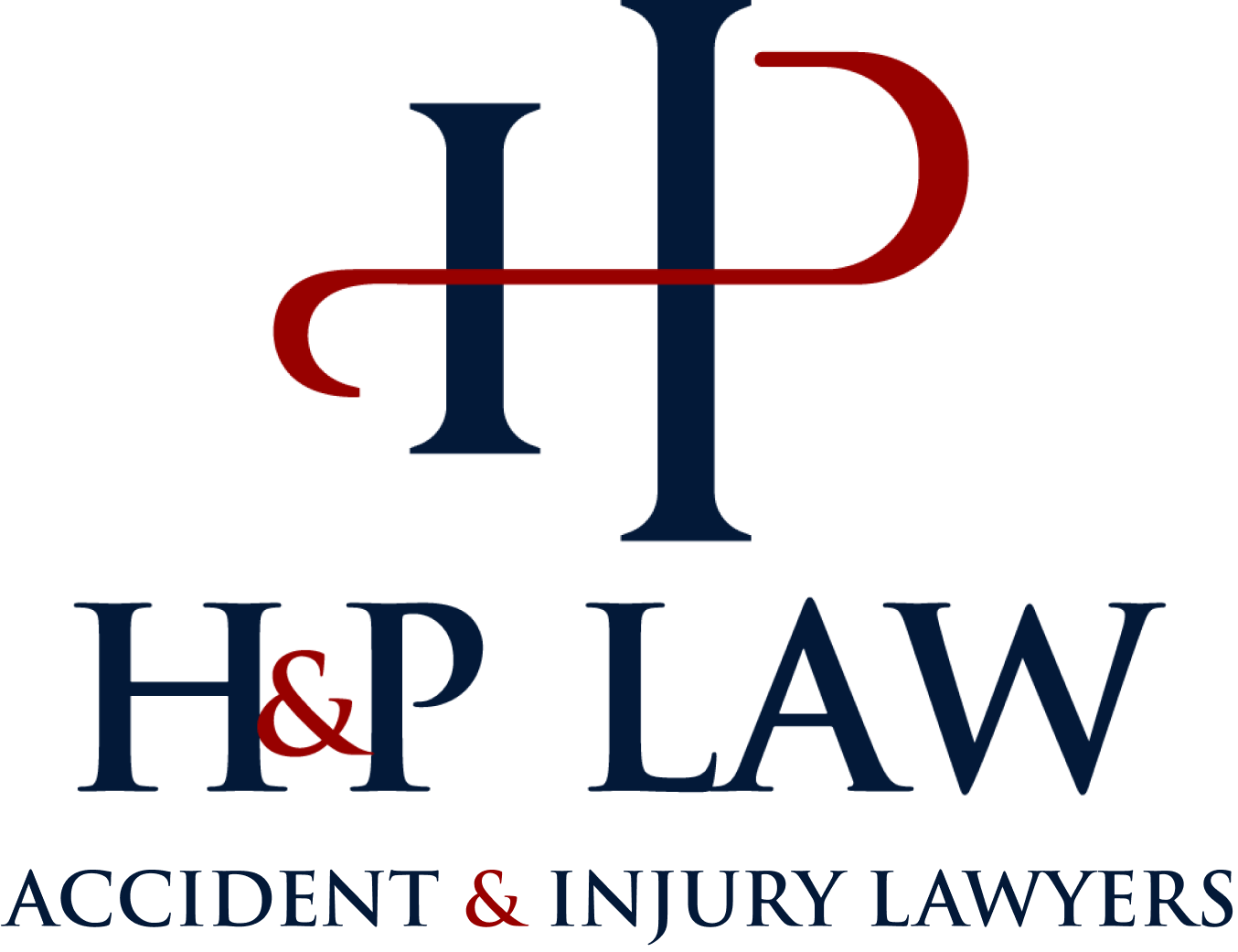Every once in a while a lawsuit pops up where a baseball park is accused of negligence when a spectator at the park gets hit by a flying object—usually a baseball.
For a plaintiff to prevail on a theory of negligence in Nevada (and most, if not, all other jurisdictions in the U.S.), the following elements must be proven:
- defendant owed a duty to plaintiff
- defendant breached that duty
- defendant’s breach was the actual and proximate cause of
- damages to the plaintiff
Klasch v. Walgreen Co., 127 Nev. Adv. Op. 74, 264 P.3d 1155, 1158 (2011).
For the defendant to prevail, it need only either rebut one of the elements of the claim (called a defense) or provide a reason it should not be held accountable even if all the elements are met (called an affirmative defense).
Mandalay Sports Entertainment was a defendant in a lawsuit decided in 2008 here in Las Vegas. The Turners, who had season passes to the Las Vegas 51s games, were eating concessions at the “Beer Garden” at Cashman field when Ms. Turner was struck in the face by a fly ball.
The Turners sued Mandalay Sports Entertainment, and the district court dismissed the case in response to Mandalay’s motion for summary judgment. The Turners appealed.
On appeal, the Nevada Supreme Court considered whether the assumption-of-risk doctrine barred recovery for the Turners.
The Turners’ ability to recover hinged on whether Mandalay Sports Entertainment breached its duty of care to the Turners. In Nevada, “a proprietor owes a general duty to use reasonable care to keep the premises in a reasonably safe condition for use.” The question became whether reasonable care included protecting baseball-game attendees from fly balls.
On this occasion, the Nevada Supreme Court adopted the limited duty rule in Nevada as it pertains to stadium owners. The Court defined the limited-duty rule:
First, the rule requires stadium owners and operators to provide a sufficient amount of protected seating for those spectators “who may be reasonably anticipated to desire protected seats on an ordinary occasion.” Second, it requires stadium owners and operators to provide protection for all spectators located in the most dangerous parts of the stadium, that is, those areas that pose an unduly high risk of injury from foul balls (such as directly behind home plate).
The Court reasoned that with this rule applied, Mandalay Sports Entertainment did not breach any duty to the Turners and was therefore not responsible for Ms. Turner’s injuries.
It then clarified the assumption-of-risk doctrine in Nevada, which arises when “the plaintiff impliedly assumes those risks that are inherent in a particular activity.” The Court made it clear that where the plaintiff assumes the risks inherent in a particular activity, it negates the duty element of negligence and is not a separate affirmative defense (this is significant because the defendant bears the burden of proving an affirmative defense, but the plaintiff bears the burden of proving the elements of her claim).
In a recent news story out of Pennsylvania, a spectator to a little league game was injured in the eye when one of the practicing players made a bad throw during warm up. The lawsuit alleges that the little league should not have allowed the players to practice so close to the spectators.
The doctrine of assumption of risk will probably be at the forefront of the little league’s defense, and liability will come down to how Pennsylvania applies the doctrine.
Read more about the lawsuit here:
Couple suing Little League team over bad throw
Zachariah B. Parry is an attorney and founding partner at the law firm H & P and is an adjunct professor who teaches torts, contracts, and Nevada practice and procedure for UNLV’s paralegal program. He can be reached at 702-912-4451.



